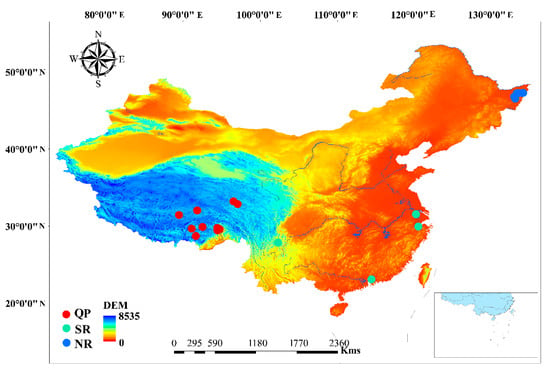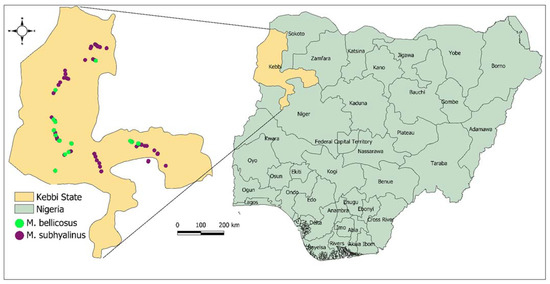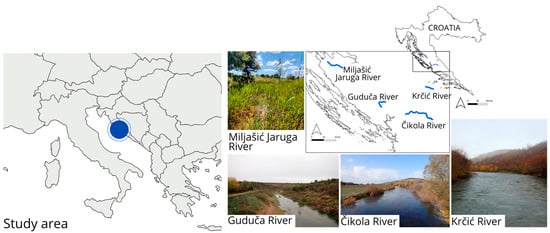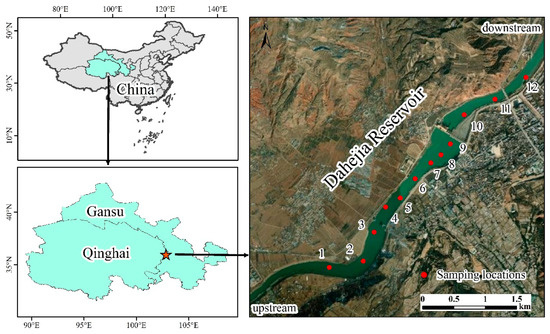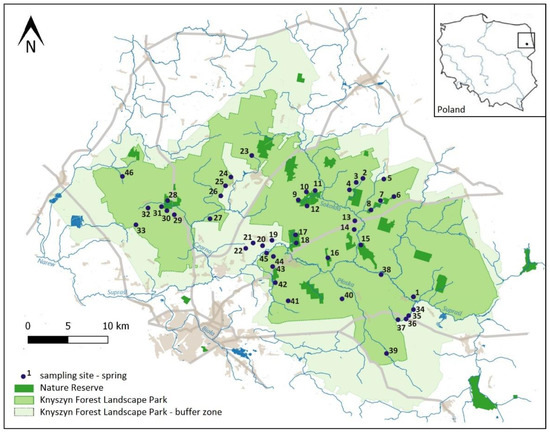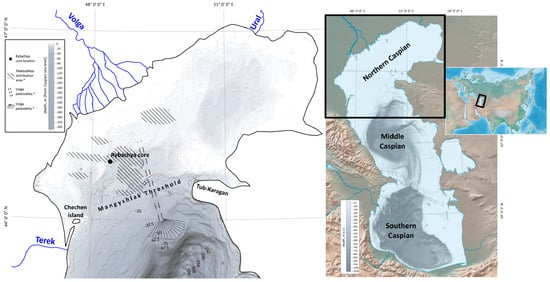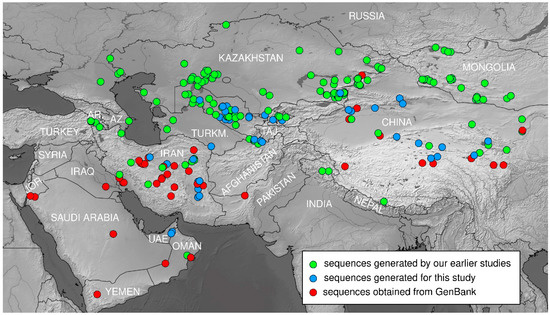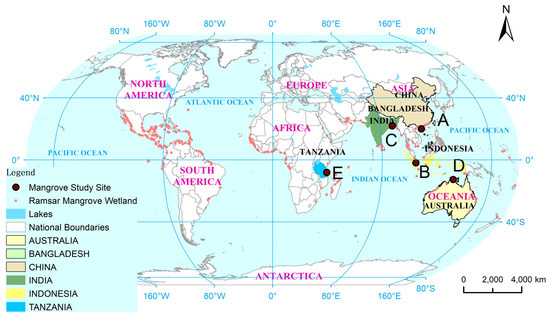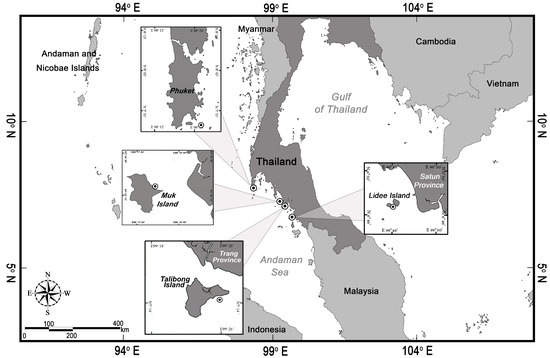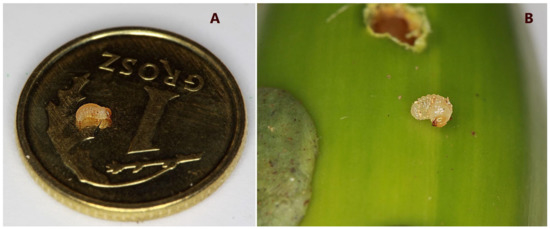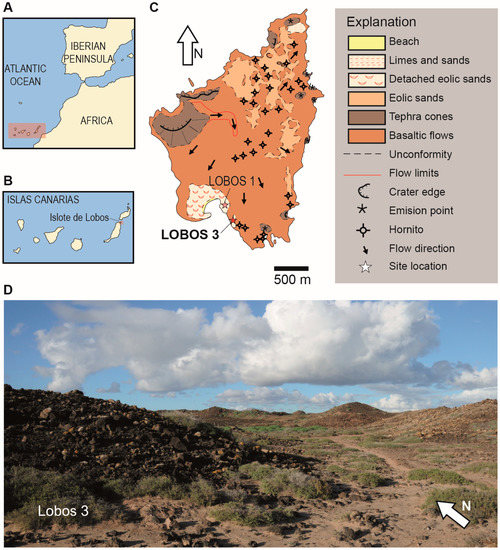1
State Key Laboratory of Freshwater Ecology and Biotechnology, Institute of Hydrobiology, Chinese Academy of Sciences, Wuhan 430072, China
2
University of Chinese Academy of Sciences, Beijing 100049, China
3
The Key Laboratory of Aquatic Biodiversity and Conservation, Institute of Hydrobiology, Chinese Academy of Sciences, Wuhan 430072, China
Diversity 2023, 15(2), 158; https://doi.org/10.3390/d15020158 - 22 Jan 2023
Cited by 1 | Viewed by 3067
Abstract
Lumbriculus variegatus is a typical cold-water worm and is mainly distributed in the Tibetan Plateau and Northeast in China. The current study aimed to explore the genetic diversity and phylogeography of L. variegatus sampled from different geographical regions based on concatenated (COI +
[...] Read more.
Lumbriculus variegatus is a typical cold-water worm and is mainly distributed in the Tibetan Plateau and Northeast in China. The current study aimed to explore the genetic diversity and phylogeography of L. variegatus sampled from different geographical regions based on concatenated (COI + 16S rRNA, 879 bp) genes. Among 63 L. variegatus specimens, 29 haplotypes were identified with high haplotype diversity (h = 0.923) and nucleotide diversity (π = 0.062). The Bayesian phylogenetic analysis and Median-joining haplotype network revealed two lineages, or species, of L. variegatus. Taxa belonging to lineage I was mainly distributed in the Tibetan Plateau of China, North America, and Sweden, while lineage II composed taxa from Northeast China, southern China, and Sweden. The analysis of molecular variance indicated that the genetic difference was mainly due to differences between lineages. Neutrality tests showed that the overall L. variegatus have a stable population since the time of origin. Divergence time analysis suggested that L. variegatus originated from the Triassic period of Mesozoic in 235 MYA (95%HPD: 199–252 MYA), and the divergence between different lineages of L. variegatus began from the next 170 million years.
Full article
(This article belongs to the Special Issue Freshwater Zoobenthos Biodiversity, Evolution and Ecology)
▼
Show Figures

